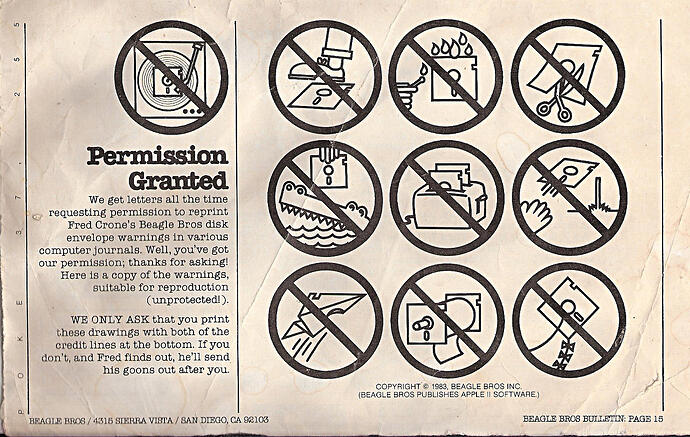I think, what Alan Kay said was that URLs should have been Objects.
(In a way they are, if you think of the HTML DOM as a declarative object definition with standard methods, but this is certainly not what Kay had in mind.)
Regarding JS, I’m a confessing fan, right from the beginning (and somewhat worried about developments, where it must accumulate semantic sugar from whatever language a developer had used before – even duplicating the pragmatics of language features that had been forgotten). I think, the syntax was a right choice at the time, as it was pretty accessible and in line with C and then modern scripting languages, like Perl. (Lisp was still obscure, outside of Emacs, and marrying C-like syntax and Lisp-influenced schemes was an achievement on its own.)
Viola WWW might have been interesting in this regard, as it was influenced by HyperCard and had a rather powerful object oriented scripting language that used a lot of bootstrapping – and scripts and applet objects could be accessed by URL.
(I think, these were more self contained than, say, a typical JS application, which usually comes with heavy dependencies on the UI. Which is also, where JS started, mostly as a glue for UI interaction. – In the first version, you couldn’t even create your own arrays or objects, but had to emulate them by instances of function objects.)
